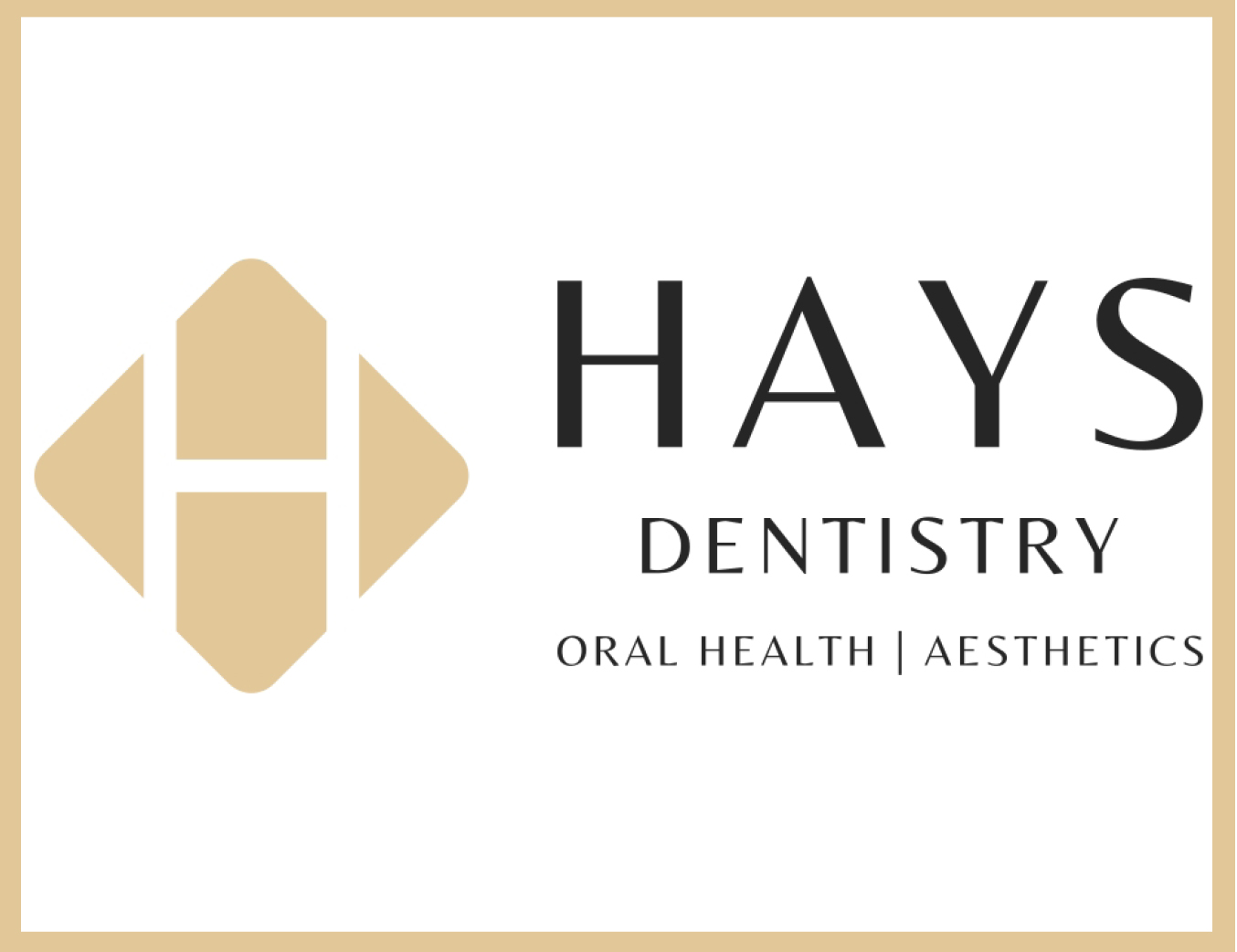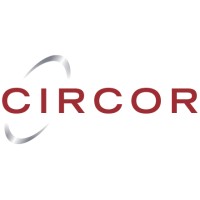
Why the First 90 Days Define Productivity—and How to Get Them Right
• Nearly 30% of new hires leave within the first 90 days, making that window critical. HIGH5 Strengths
• Structured onboarding boosts new-hire retention by up to 82% and productivity by over 70%.Lift HCM
• Without a solid onboarding, companies pay full salary for partial productivity—an invisible drain on resources. Allied One Source
The first 90 days of a new hire’s tenure are critical—but too often, they become a productivity sinkhole. This is more than an onboarding checklist; it’s the foundation of how quickly and confidently new employees contribute to business momentum. In fact, nearly one-third of new hires (30%) depart within the first 90 days.
When onboarding is left to chance—with scattered orientation, unclear expectations, or delayed access—the costs compound. You’re paying full salary for partial output, and your team bears the burden of filling the knowledge gaps.
The impact isn’t small. Research shows that structured onboarding programs can improve employee retention by up to 82% and boost productivity by over 70%. That’s not an administrative nicety—it’s a cost-saving, high-impact lever.

So, how do you onboard thoughtfully and effectively?
Start with empathy. Step into a new hire’s shoes and map their early journey. Define what they must know, whom they should meet, and how to feel confident, connected, and clear.
Use structure (instead of hoping for magic). A 30-60-90-day plan sets expectations. Pair it with a logistics checklist—tools, access, schedules—and make it a shared anchor for manager and new hire.
Build relationships. Assign a peer buddy who can guide, translate culture, and answer day-to-day questions. New hires who meet with a mentor—even once—are measurably more productive. Flair
Enable early wins. Small but meaningful projects—completed quickly and recognized openly—build confidence, reinforce trust, and deliver tangible value.
Close the loop. Use checkpoints at days 30, 60, and 90 to solicit feedback: What’s working? What’s missing? What could be simplified? These loops help you refine the process and prevent entropy.
The Bottom Line
The first 90 days are make-or-break. Poor onboarding whispers losses: frustrated new hires, stalled productivity, hidden turnover. Structured onboarding that blends empathy, clarity, support, and iteration doesn’t just welcome people—it accelerates them to impact.
Last modified: September 15, 2025



























